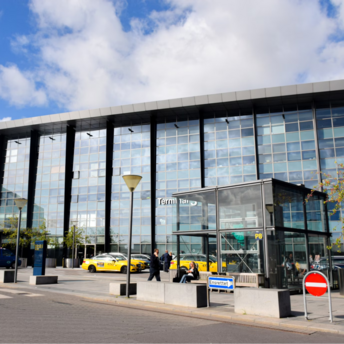Enhanced Railway Reliability Benefits Travelers and Wildlife

Travelers on the Chiltern main line can now look forward to more reliable journeys, thanks to specialized environmental work focused on managing lineside trees.
Network Rail arborists have been working diligently between Beaconsfield and Marylebone to protect the railway from falling trees, ensuring smoother travel between the West Midlands and London. This initiative not only enhances travel reliability but also supports biodiversity along the railway.
While trees are vital for the environment, they can cause significant disruptions if not properly managed. Fallen trees during bad weather can halt trains, and autumn leaf fall can affect train wheels, impacting acceleration and braking. Additionally, overgrown trees can block railway signals, making it difficult for train drivers to see, and reduce track visibility for maintenance workers.
The biodiversity team at Network Rail, including a dedicated arboriculturist in the Central route, is responsible for balancing ecological preservation with railway safety. Chris Callaghan, senior arboriculturist for Network Rail’s Central route, highlighted their goal of providing a habitat for wildlife while ensuring safe and reliable train services for passengers and freight.
To achieve this balance, the team uses techniques like 'veteranising' trees, which involves creating features of older trees that attract wildlife. This includes simulating lightning strikes with chainsaws, drilling woodpecker holes, and installing bird and bat boxes. They also use girdling, a method where a ring of bark is removed to prevent the tree from growing beyond stump level.
Along the Chiltern main line, Network Rail has been trimming trees back from the railway's edge to the required seven meters. Arborists are also creating dead hedges, log piles, and 'veteran' trees to support species like beetles, bats, woodpeckers, and small birds.
Neil Strong, Network Rail’s biodiversity strategy manager, explained that unmanaged woodlands are not suitable for running a railway. By managing the railway environment, they can create the best possible habitats for wildlife while ensuring safety and reliability for trains. The railway often serves as an ideal edge between different habitats, helping wildlife thrive through these specialized techniques.



















